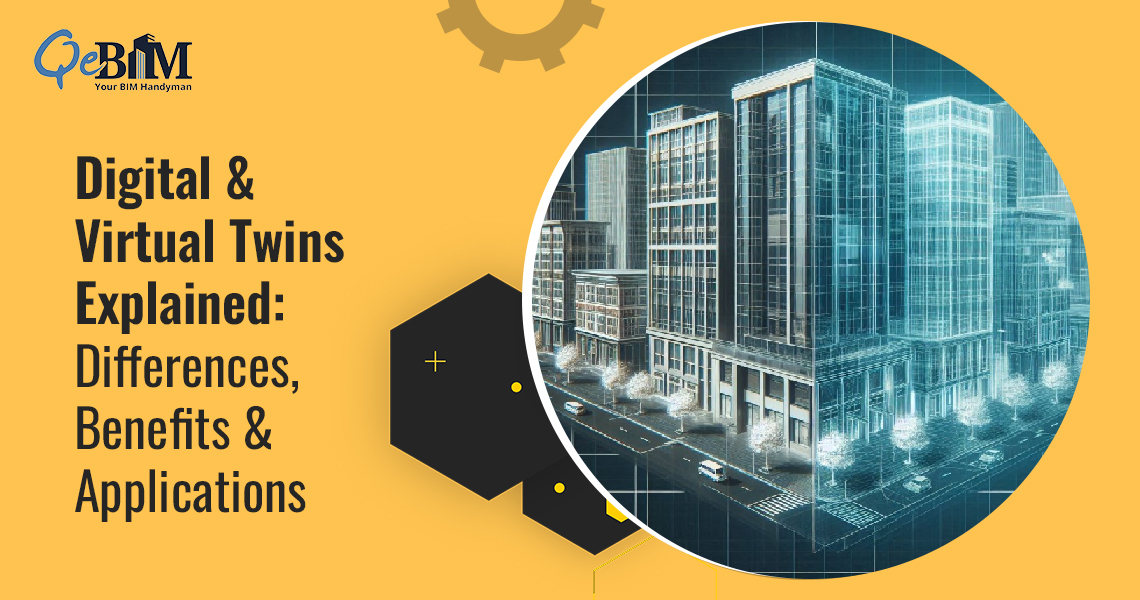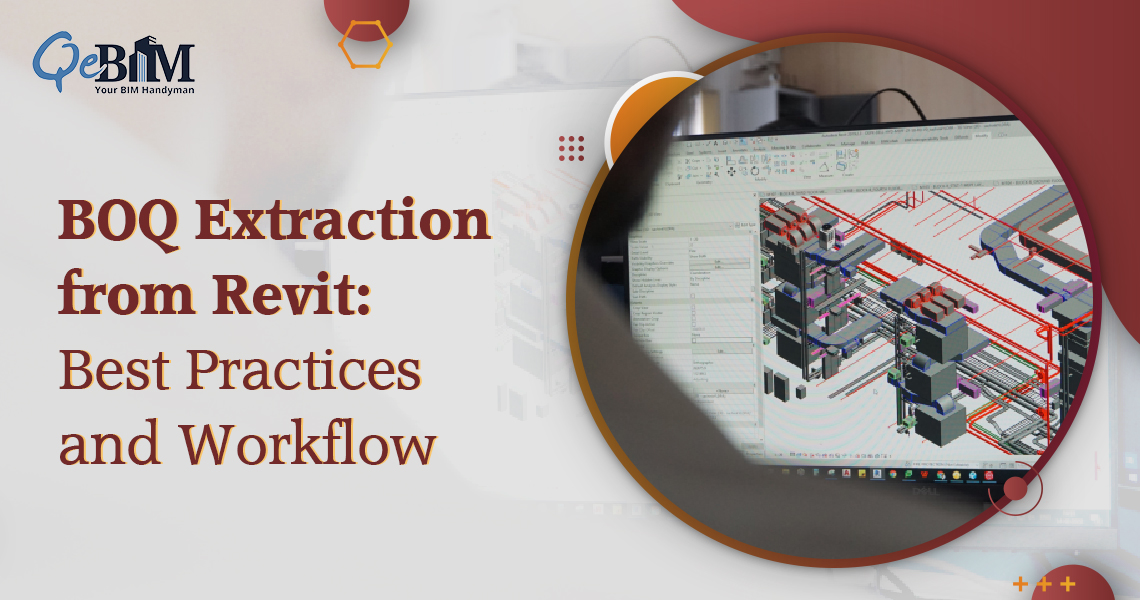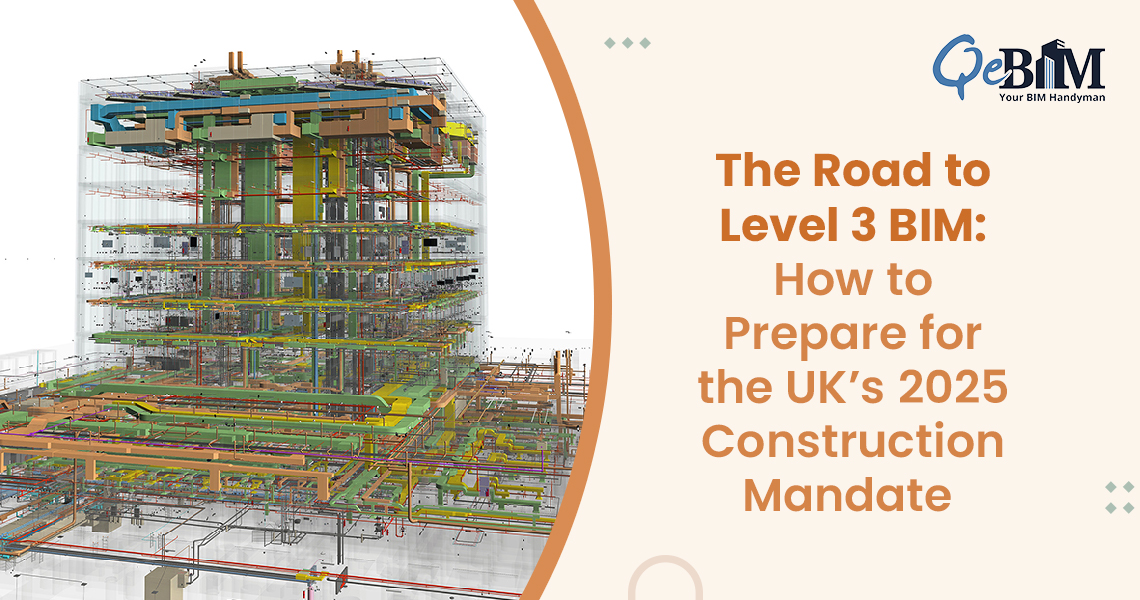Introduction
As industries embrace digital transformation, Digital Twins and Virtual Twins are reshaping how assets, processes as well as the environments are designed, monitored and optimized. While both concepts leverage digital models, they have different applications and benefits.
What is a Digital Twin?
A Digital Twin is a real-time virtual replica of a physical object, system or even the processes that is continuously updated through the data from the sensors, IoT devices and AI. It enables the monitoring, predictive maintenance along with the performance optimization in the real-world applications.
Types of Digital Twins
- Component Twin – It represents a single component or the part of a system (e.g., a turbine blade).
- Asset Twin – It covers a complete asset made up of the multiple components (e.g., an engine).
- System Twin – It models an entire system of assets working together (e.g., a vehicle or manufacturing line).
- Process Twin – It simulates a workflow or operational process (e.g., supply chain or factory workflow).
What is a Virtual Twin?
A Virtual Twin is an advanced digital simulation that not only mirrors the real-world objects but also predicts the future scenarios by integrating the real-time as well as the simulated data. Unlike the Digital Twins, Virtual Twins are often used before the physical asset exists thereby enabling the better design, planning and even the testings.

Conclusion
Both Virtual Twins and Digital Twins are integral to today’s industrial landscape. While the Digital Twins enhances the operational efficiency by providing the real-time insights whereas the Virtual Twins focuses more on the predictive simulations to optimize the design as well as the decision-making.
For industries relying on the precise architectural and construction planning, integrating these technologies with the BIM Modelling Services can further streamline the workflows, enhance project visualization and also improve the efficiency.





